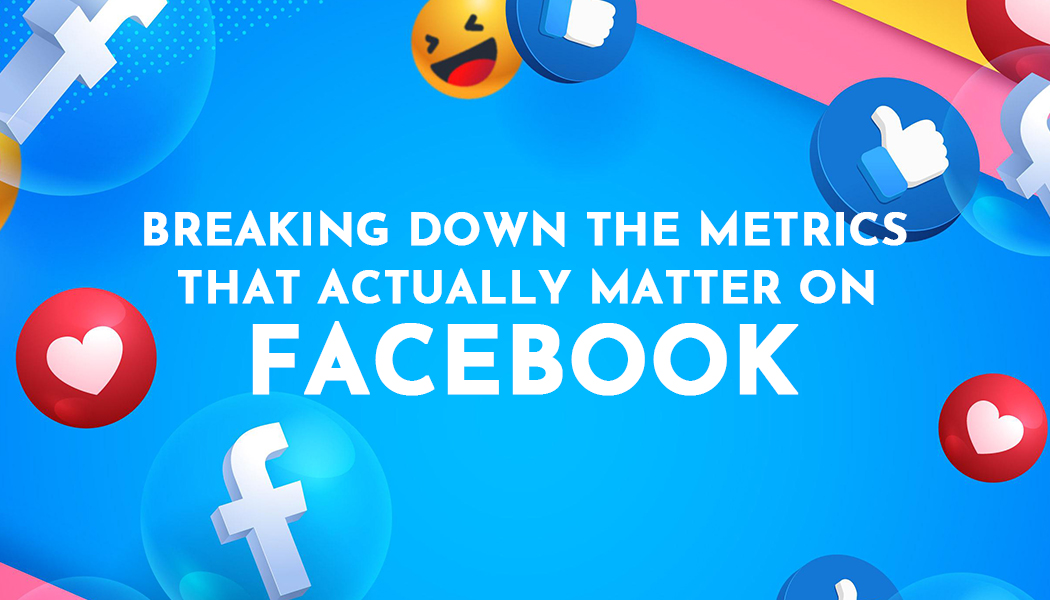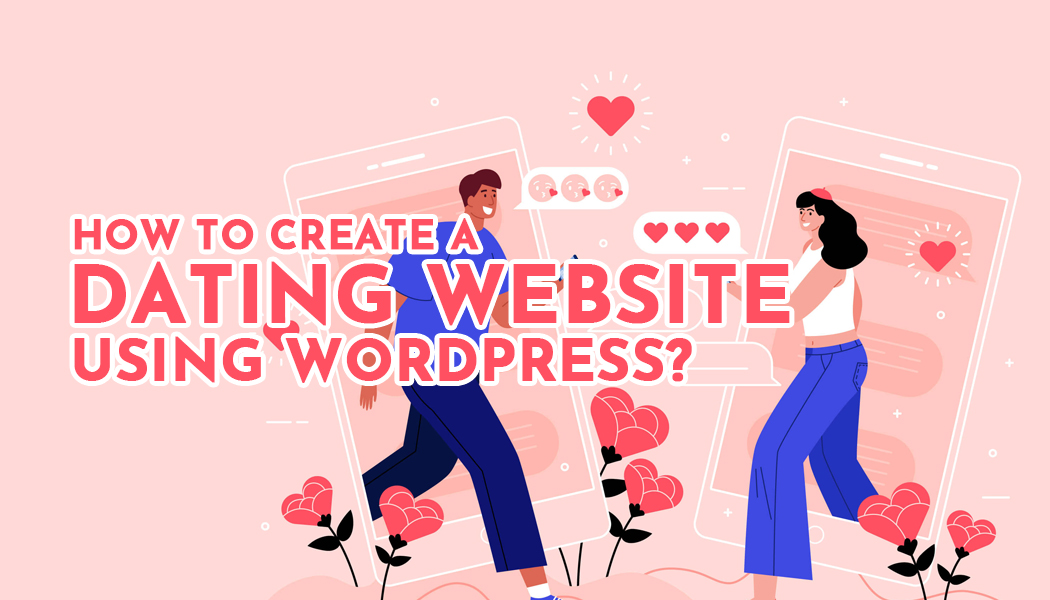Breaking Down the Metrics That Actually Matter on Facebook
Facebook remains a major player in the always-changing terrain of social media marketing despite the ever-divided emphasis on other platforms. Many marketers, however, are drowning in a flood of data and confused about whether figures really affect their bottom line.
With Facebook's Analytics dashboard providing hundreds of data points, one might easily get overwhelmed or, worse, maximize for vanity metrics that provide the impression of accomplishment but have little business effect.
This post cuts through the noise to find which Facebook indicators are really worth your attention, how to analyze them properly, and how to transform social media success into significant business results executives and stakeholders can value.

Differentiating Signal from Noise: The Metrics Mirage
Emphasizing vanity measurements may be deceptive; real success comes from examining significant interaction and conversion statistics.
The Issue with Vanity Measurement
Facebook's UI mostly shows stats that feel nice but usually have little real commercial value. False impressions of marketing efficacy might result from likes, following counts, and even simple reach figures.
Though they are the most often cited numbers in marketing dashboards, these surface-level engagement measurements seldom immediately translate into business results.
Though they admit their minimal link to income, 76% of marketers still give these engagement indicators top priority when reporting, according to Content Marketing Institute research.
The Attribute Challenge
Facebook's data is mostly in a walled garden, which makes connecting on-platform activities with off-platform outcomes challenging.
Usually favoring its effect, the platform's attribution systems might overstate impact; your analytics tools could undercount Facebook's contribution to conversions.
This gap makes it very difficult to grasp the actual economic worth of your Facebook marketing initiatives.
The Algorithmic Black Box
Facebook's algorithm decides content distribution depending on variables that are not entirely clear and subject to frequent fluctuations.
This implies undetectable algorithmic changes affect performance metrics in addition to your content quality.
Sustainable success depends on knowing which measures provide information about algorithmic preference.
Fundamental Business-Driving Metrics You Should Track
Monitoring indicators of consumer acquisition cost, lifetime value, and conversion rates helps one to understand company profitability and growth better.
Conversion-oriented Measures
The measurements displaying the most obvious business effect follow real consumer behavior:
Campaign Type Conversion Rate See by campaign target and format instead of general conversion rates. Usually, video campaigns translate differently than carousel advertising or stationary articles.
This segmentation shows for your particular company which content categories most effectively inspire consumer action.
Cost per acquisition, or CPA This numbers shows you how much you are paying Facebook to get every client.
Track CPA patterns throughout time instead of obsessing about absolute figures.
A dropping CPA shows optimization success; a rising CPA might imply market saturation or loss of creative efficacy.
Return on Ad Spend (ROAS) For every dollar spent on Facebook, ROAS counts income produced.
Facebook's reporting offers an approximation; for accuracy, cross-reference your data.
Though this varies greatly by business, effective Facebook initiatives usually have a return on investment between 3:1 and 5:1.
Quality Measures of Audience Development
Not every expansion in the audience is equal. These indicators support your assessment of the caliber of your growing audience:
Paid versus Natural Page Followers
Maximizing long-term involvement depends on differentiating between followers acquired via sponsored campaigns and natural content.
Although organic followers often show better retention and conversion potential, utilizing sponsored platforms to raise organic engagement can assist in drawing an initial audience that engages with your material, therefore increasing exposure and supporting more natural development.
A balanced strategy guarantees continuous involvement and optimizes the success of paid and natural tactics.
Determine the proportion of your audience that interacts with your materials throughout many months.
From its overall audience, a good Facebook presence ensures at least 20–30% monthly active interaction, showing meaningful material that keeps interest over time.
First-Time Attendees
Count the individuals interacting with your material who have not before visited your page. This statistic shows your capacity to extend your impact outside of your main audience and acts as a first sign of possible audience increase.
Modern Techniques for Facebook Success
These strategic measuring techniques can help you go beyond simple metrics monitoring.
First Engagement Type Cohort Analysis
Track user movement throughout your marketing funnel over time from initial engagement via many content types—video, carousel, link post). This shows which content forms the best act as doors to client connections.
Engagement via Conversion Windows
Calculate the usual time gap between the first Facebook interaction and the final conversion. Knowing this window guides content creation and helps you appropriately allocate Facebook's contribution to your sales funnel.
Movement Across Platform Audience
Track how Facebook activity affects measures on other platforms as email sign-ups, Instagram following, or website repeat visits.
This multi-platform perspective offers a more whole understanding of Facebook's part in your larger digital environment.
Coordination with Business Intelligence
Using these strategies helps one link Facebook's success to more general corporate results:
Customer Lifetime Value (CLV) from Acquisition Source
Compare the long-term worth of Facebook gained consumers to other channels. This study frequently shows that many acquisition sources provide consumers with diverse long-term worth, thereby optimizing channel investment.
Adjustment in Seasonal Performance
Create standard performance benchmarks considering seasonal changes.
This method helps one avoid seeing seasonal fluctuations as tactical triumphs or strategic failures.
Testing increments
Run controlled experiments to see how company outcomes might differ between Facebook marketing and without it.
Beyond correlation-based attribution models, this testing helps measure Facebook's actual economic influence.
Final Thoughts
Good Facebook measurement calls for going beyond the readily available data to concentrate on signs that really relate to corporate results. First, list your main company objectives; next, working backward, find which Facebook metrics are the best indicators of those objectives.
Track both instantaneous performance signals and longer-term corporate effects using a tiered measuring system.
Recall that frequently, the most important indicators call for further research outside of what Facebook's dashboard shows by default.
Not only will you increase the value of social media to stakeholders throughout your company but also your marketing performance will be improved by concentrating on the metrics that really count.




